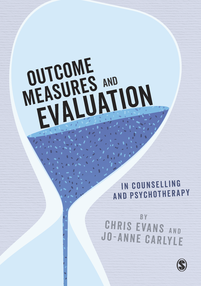Created for original site 1/1/2015, last updated 11/8/19, author CE, licence: Attribution 4.0 International (CC BY 4.0) .
The CORE-10 was very popular with practitioners, reflecting a huge shift away from longer measures over the last two decades. The CORE-5 was developed in response to requests for an even shorter measure. It was designed to be used sessionally. It has one item from the wellbeing domain, two from the problem domain, two from functioning and no risk items. We recommend extreme caution in comparing CORE-5 scores with scores on longer CORE measures and clearly, prorating is not appropriate. As the field of routine outcome measurement has evolved, we now recommend the CORE-10 as the shortest CORE measure but the details here are retained here for historical accuracy.
Referencing the CORE-5
The CORE-5 is described in:
Barkham, M., Mellor-Clark, J., Connell, J., Evans, Chris, Evans, Richard, & Margison, Frank. (2010). Clinical Outcomes in Routine Evaluation (CORE)—The CORE Measures and System: Measuring, Monitoring and Managing Quality Evaluation in the Psychological Therapies. In M. Barkham, G. E. Hardy, & J. Mellor-Clark, Developing and delivering practice-based evidence: A guide for the psychological therapies Chapter 8, pp. 175–219. Chichester UK; Malden MA: Wiley-Blackwell. ISBN: 978-0-470-03234-3.
Download
In line with recommending the CORE-10 as the shortest CORE measure with good trade between brevity and psychometric properties, the CORE-5 is not available for download here.

